Filter News
Area of Research
- (-) Biological Systems (2)
- (-) Materials (21)
- (-) Supercomputing (17)
- Advanced Manufacturing (4)
- Biology and Environment (7)
- Clean Energy (41)
- Climate and Environmental Systems (1)
- Data (1)
- Fossil Energy (1)
- Isotope Development and Production (1)
- Neutron Science (17)
- Nuclear Science and Technology (6)
- Sensors and Controls (1)
- Transportation Systems (1)
Media Contacts
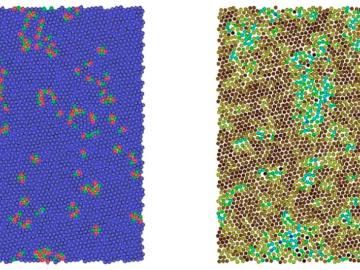
Snow falls in winter and melts in spring, but what drives the phase change in between?
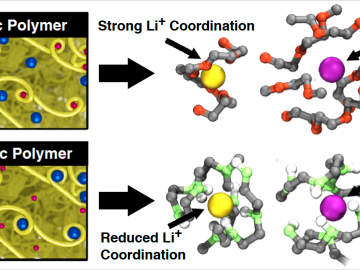
Ever since Italian physicist Alessandro Volta invented the first battery out of a stack of copper and zinc disks separated by moistened cardboard, scientists have been searching for better battery materials.
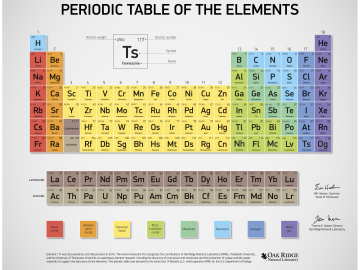
Tennessee Gov. Bill Haslam visited the Department of Energy’s Oak Ridge National Laboratory today to congratulate the ORNL team involved in the discovery of the element tennessine, named in recognition of the vital contributions of the state of Tennessee to the int...
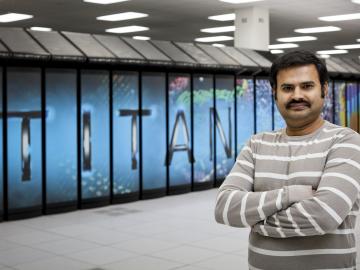
Supercomputers like Oak Ridge National Laboratory’s Titan are advancing science at a frenetic pace and helping researchers make sense of data that could have easily been missed, says Ramakrishnan “Ramki” Kannan. Kannan, a computer scientist who came to ORNL in March 2016 after ...
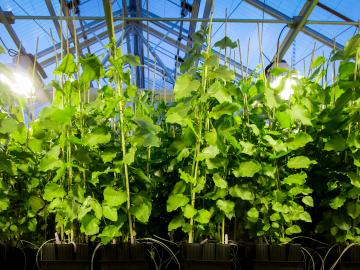
Researchers at the Department of Energy’s Oak Ridge National Laboratory (ORNL) have released the largest-ever single nucleotide polymorphism (SNP) dataset of genetic variations in poplar trees, information useful to plant scientists

Scientists at the Department of Energy’s Oak Ridge National Laboratory have found a simple, reliable process to capture carbon dioxide directly from ambient air, offering a new option for carbon capture and storage strategies to combat global warming.
Initia...
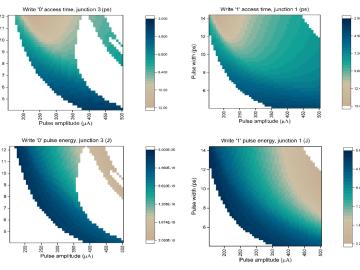
Scientists at Oak Ridge National Laboratory have proposed a novel cryogenic, or low-temperature, memory cell circuit design that may resolve a memory storage bottleneck, accelerating the pathway to exascale and quantum computing. The proposed design converges write, read and reset ...




